Sandwiched by the Tasman Sea and the serrated peaks of the Southern Alps, bountiful Hokitika is a pitch-perfect base camp for summer road-tripping in Westland, writes Mike Yardley.
You’d be hard pressed to find a comparably sized town in New Zealand with more galleries, studios and arty types thank Hokitika. Within this creative powerhouse, wander the wide streets of Hokitika, admiring the studios, talking to the painters, glass blowers, craftspeople and pounamu carvers. I’ve always loved the Glass Blowing Studio, which the Wilson family have run for over thirty years. Their product range of delicate art and ornaments is astounding.
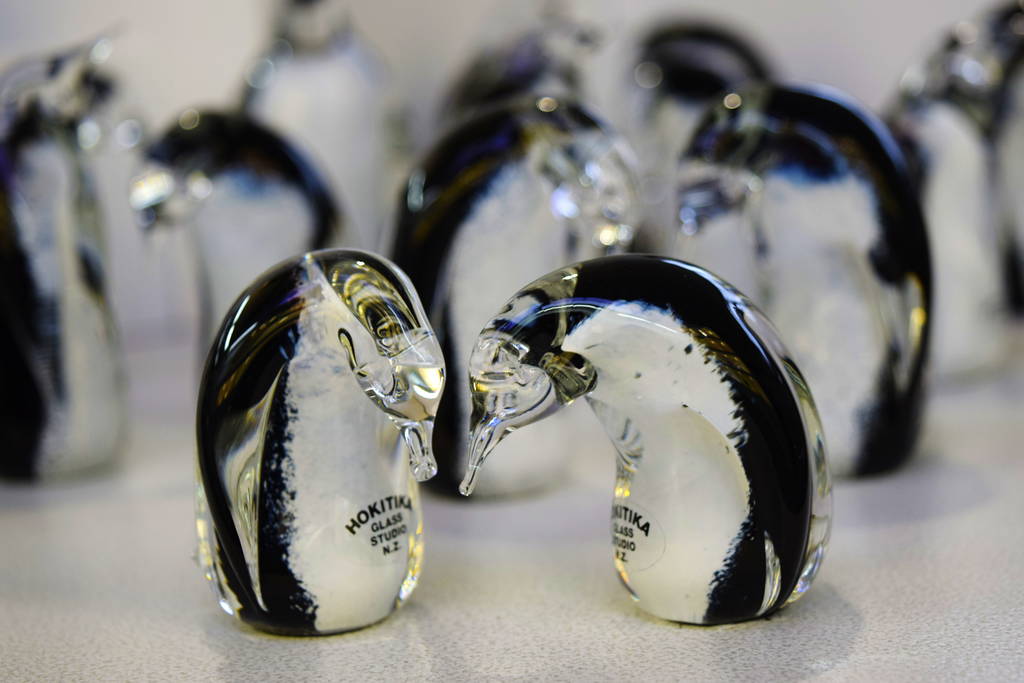
My favourite arty space in Hokitika is the Wilderness Gallery, spanning the full range of local arts. You’ll struggle to walk out without buying something. But the gallery’s prized feature is the award-winning landscape photography of Juergen Schacke. He’s kind of like an Ansel Adams in these parts. Just north of town on the Kumara Junction Highway, make tracks to Stone Mats Hokitika. These guys pioneered those iconic West Coast stone mats, fashioned as door mats or table mats, making for a trusty, totally usable memento. Living on-site, they collect the beach stone, weaving their wizardly magic in the creation of these stone mats.
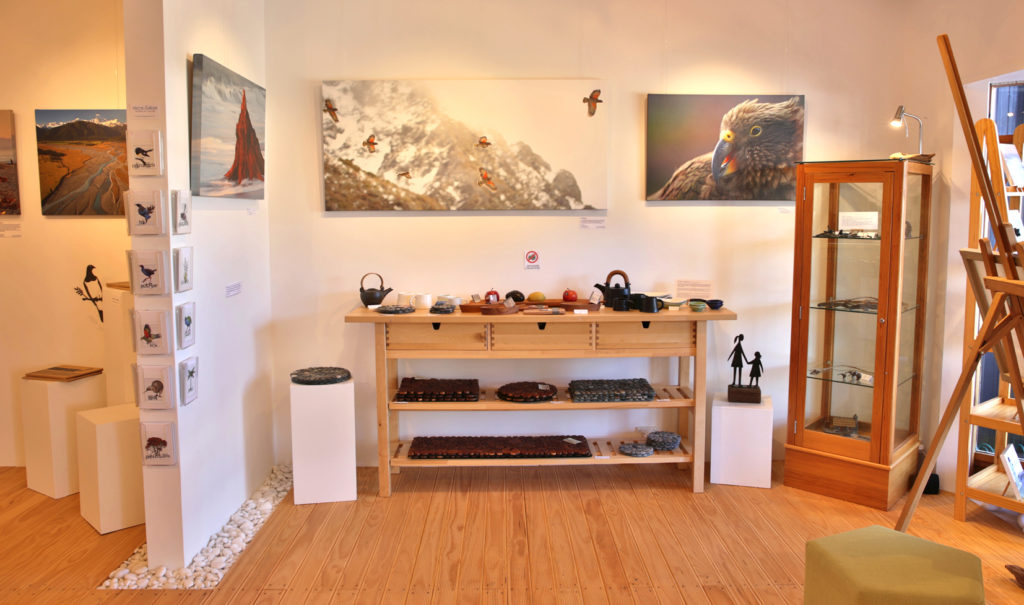
Scattered across windswept, wave-lashed Hokitika Beach, the sculptural driftwood art is ever-evolving. Unleash your own creative juices and assemble something, while you’re there. I have to admit, I was hopelessly uncreative with my twiggery construction efforts, but you might have better luck. Grab a coffee from the Lifeboat Café and take a stroll along the beach, which is swooned over for its dramatic tangerine sunsets and staggering procession of driftwood sculptures.
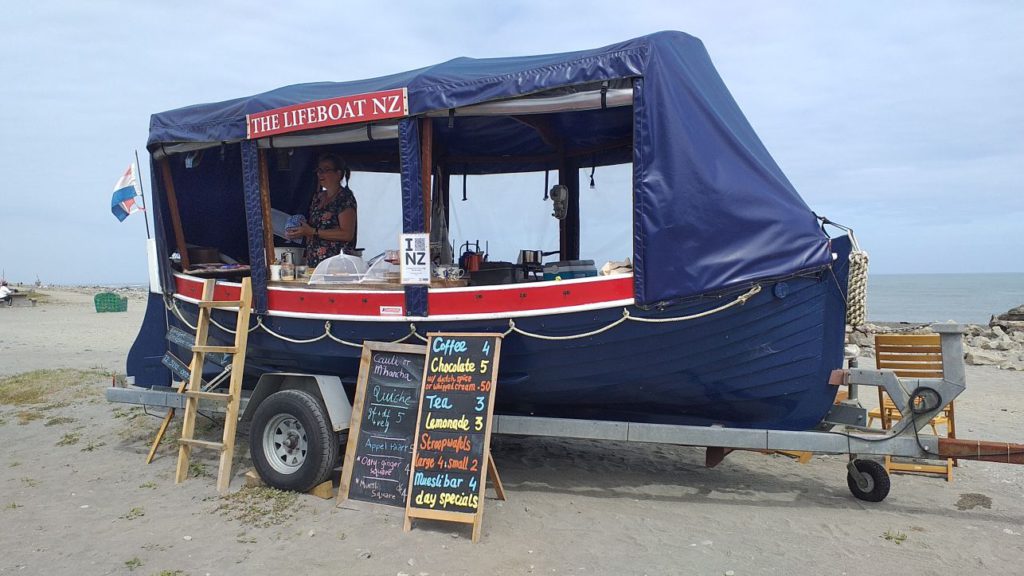
The beach practically laps the main street. Most sculptures are informal, whimsical, organic creations that constantly recast the beachscape throughout the year. But you’ll also marvel over extravagantly sized works, like grand gazebos. Some are hardy survivors from the annual driftwood and sand sculpture festival in January, which has evolved into a heady hotbed of creative flair.
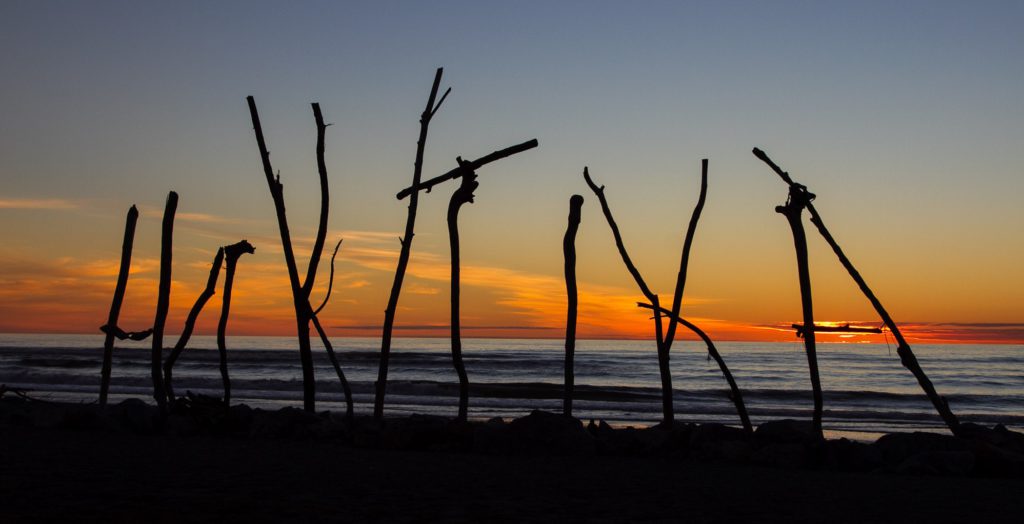
Follow the locals to score some primo fish and chips at Dulcie’s Takeaway, tucked away in the heritage-heavy nook of Gibson Quay. Her fish burgers are particularly good. While waiting for your dinner order, take stroll along the historic quay, where a series of interpretation panels pay homage to the glory days of Hokitika’s trading bustle.
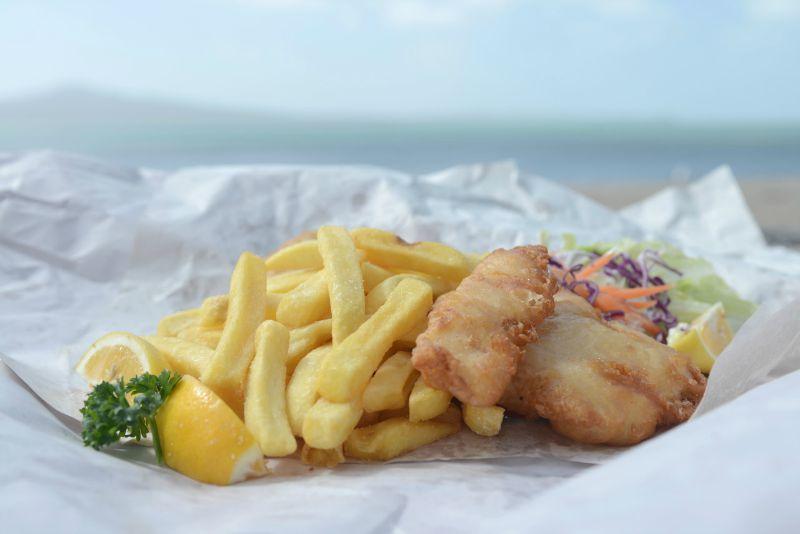
As the capital of the Westland goldfields, by 1867 it was New Zealand’s busiest port in terms of shipping movements. (And lubricated by 102 hotels!) There’s some staggering photos of over 40 vessels tied up at the wharf, while over 210 ships sailed direct from Australia that year. The notorious river bar entrance claimed the loss of 30 ships.
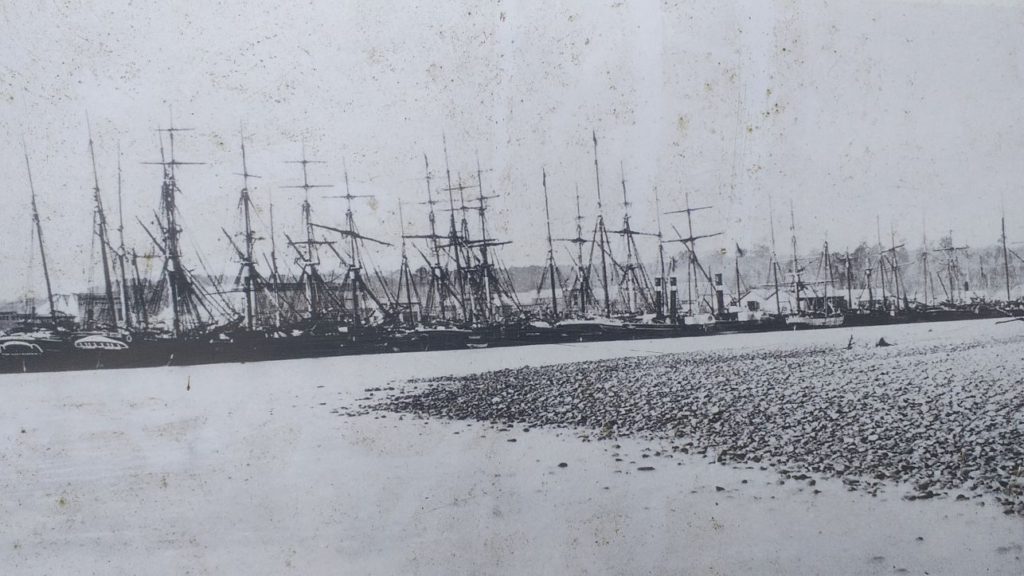
Wrapped in forest and perched on a hillside, you’ve got a ringside seat on an indelible sunset at Hokitika Sunset Lodge. Loaded with comforts, the sun terrace, hot tub and garden barbeque all add to the golden holiday vibe. I locked in my stay with Booking.com who have the West Coast covered, with exceptional accommodation options spanning all tastes. No matter where you are travelling, nor your budget or accommodation taste, bag a great rate, with total flexibility and convenience. www.booking.com
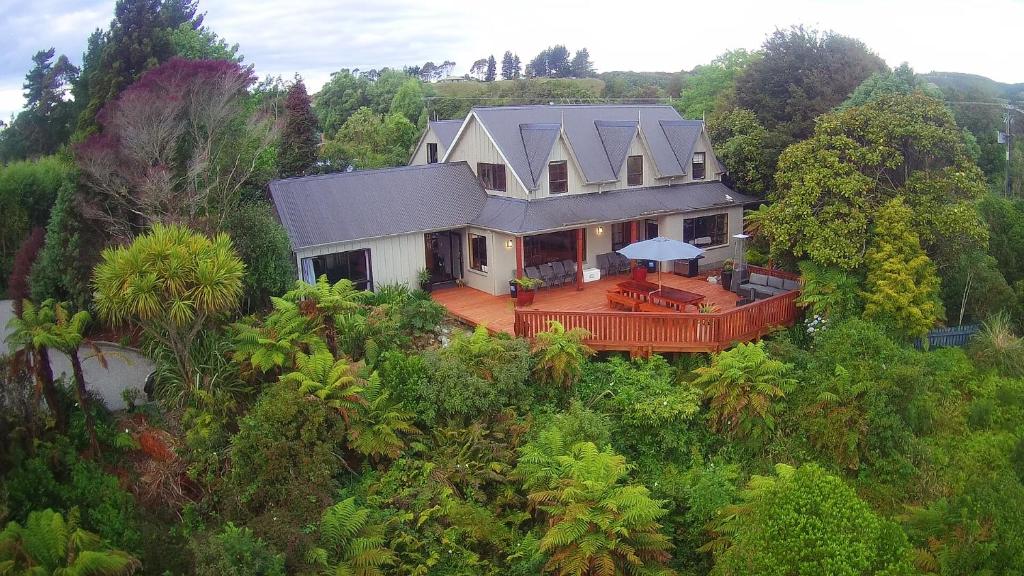
Heading south on SH6, I went as far as Ross, a cute-as-a-button settlement, with a storied past in gold-mining. The historic village of glories lost sports a cluster of colonial buildings, including the old Ross jail and miners’ cottages. The 156-year old Empire Hotel (the current building dates from 1908) is one of the most treasured on the Coast, bursting with history, personality and great pub cuisine. Whitebait, anyone? It was in Ross that the largest gold nugget in New Zealand was found in 1909.
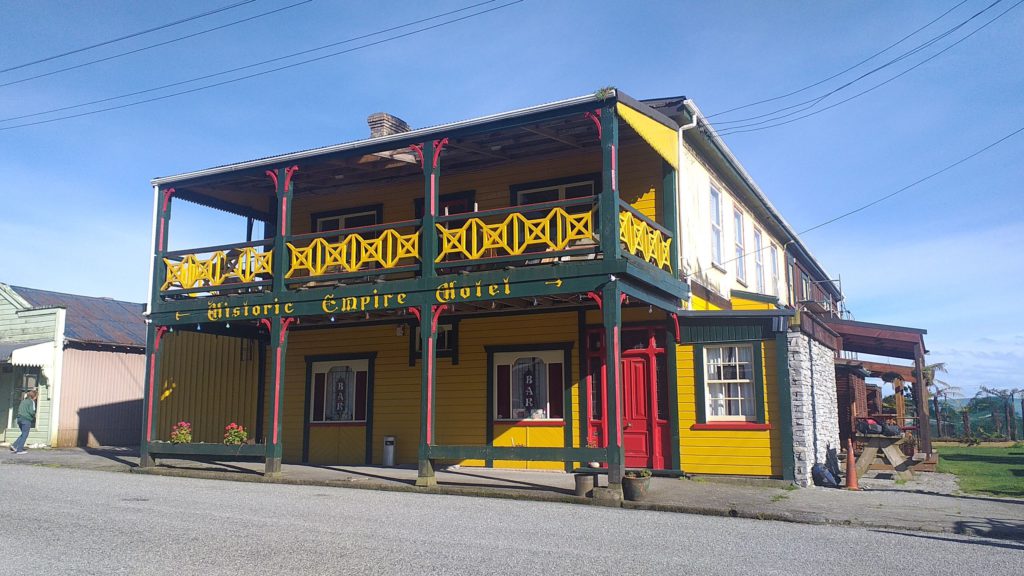
The “Honourable Roddy Nugget” was as big as a man’s fist and weighed 99 ounces. It was purchased by the NZ government and presented to King George V as a coronation gift. A 1950 enquiry about the whereabouts of the nugget to the Royal Family resulted in the embarrassed Imperial Household reporting that the nugget had been melted down to gild a Royal tea service! Moreover, the tea service had gone awol! You can try your hand at gold-panning at Ross. The land beneath the township has never been mined and a crown geologist estimated in 1993 that gold deposits of about $700 million like beneath the town.
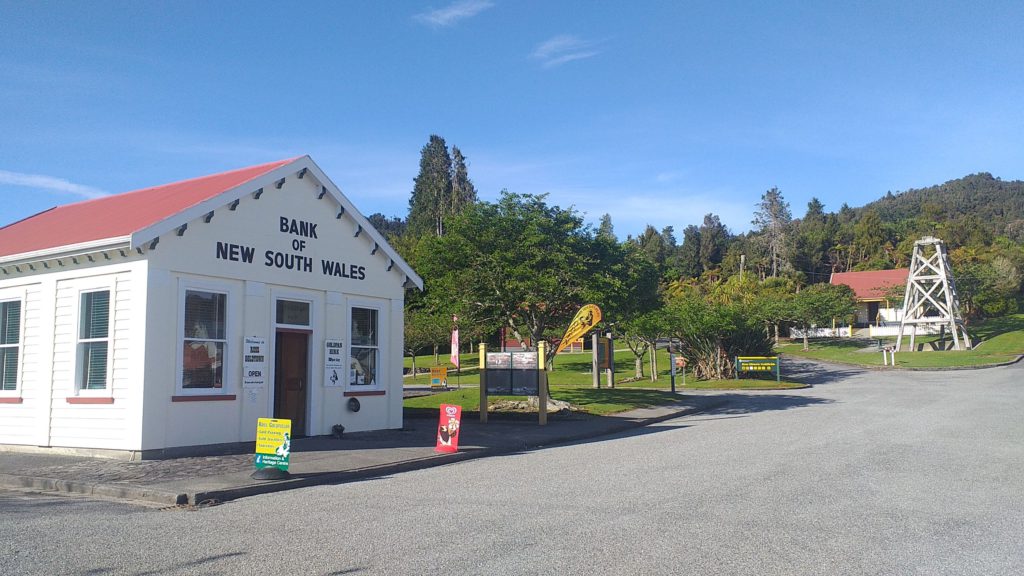
From Ross, I ventured back up SH6, to take in a recent addition to Westland’s stable of top-billing attractions. Turning off the highway on to the Woodstock-Rimu Rd, the $7 million Treetop Walk is a series of elevated steel walkways allowing you to traverse the canopy of the podocarp forest by Lake Mahinapua.
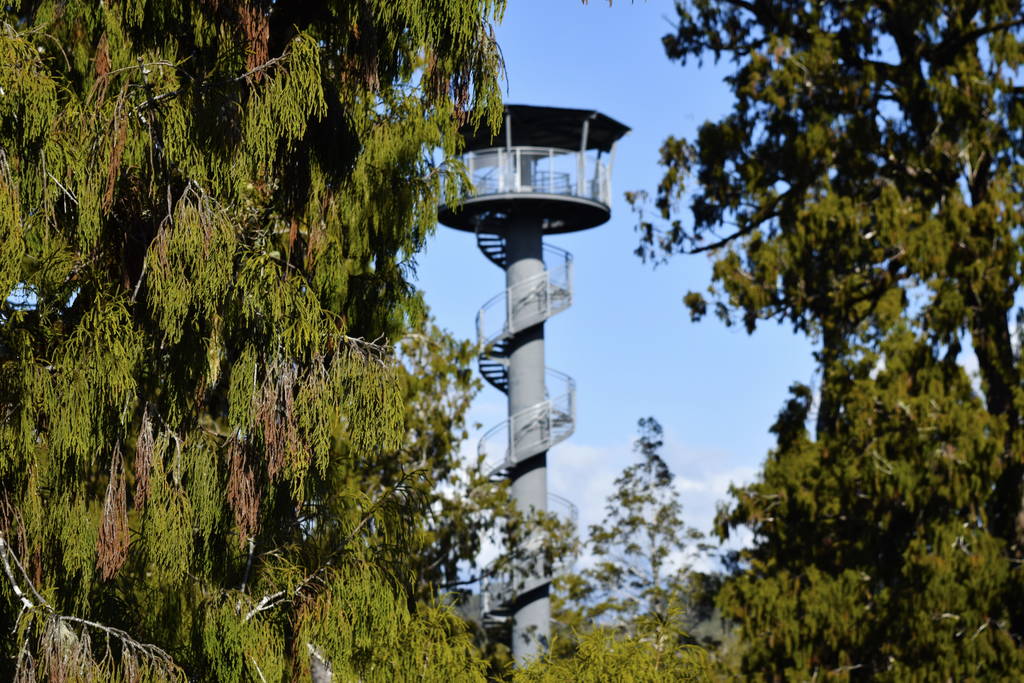
25 metres above the forest floor, the mesh-steel gantry leads you through a dense vista of native forest, with giant specimens of rimu, kamahi and matai, interspersed with tree ferns, orchids, liverworts and fellow forest floor residents. Gently sway in harmony with the forest on the Mahinapua Springboard. Lush and intimate, the highpoint is the 47 metre high spiral staircase of the Hokitika Tower, leading you up to sigh-inducing views of the forest, Lake Mahinapua and the mountains of Westland. www.treetopsnz.com
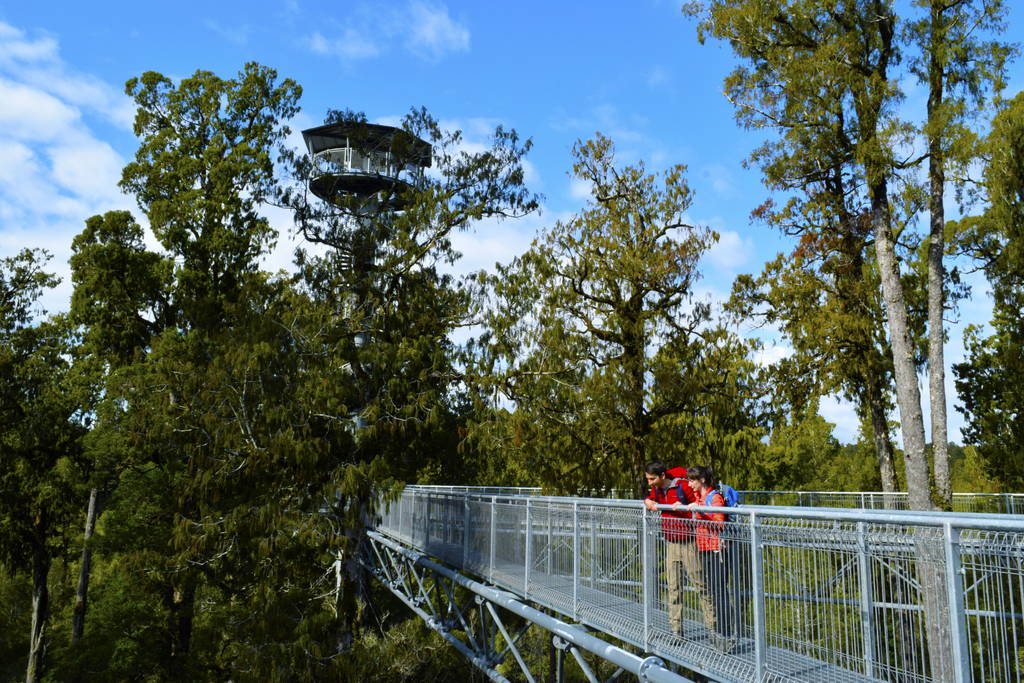
The sparkling Treetop staff, who will equip you with a brolly if it’s wet, advised me their most frequently asked question is how to get to Hokitika Gorge from here. And if you have the time, the Treetop Walk is the perfect starting point for a grand circuit of the Hokitika Valley, lacing a slew of striking spectacles into one great hinterland drive. Sometimes you’ll see a photo of brochure perfection of a scenic spot and you think, yeah right, I better it doesn’t look that good in the flesh.
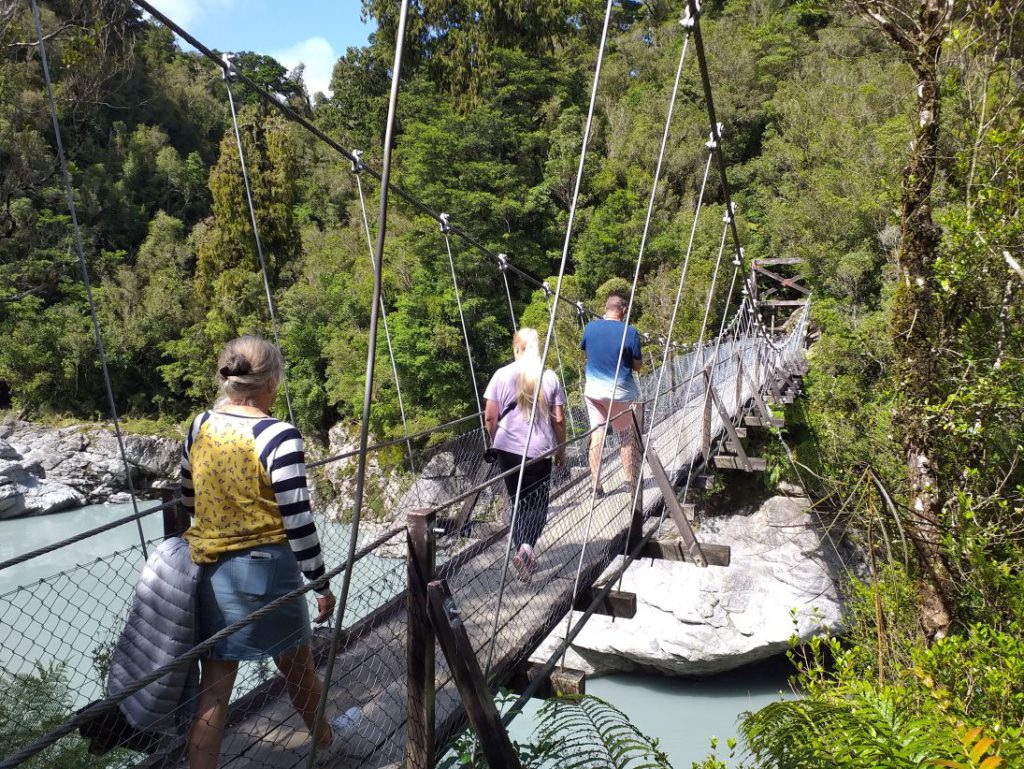
But Hokitika Gorge is one of the rare exceptions where the setting is as dreamy as reality gets, deep in the Whitcombe Valley. Right by the Alpine Fault, surrounded by dense native bush, thronging with native birds, the turquoise water is so absurdly vivid and otherworldly, it looks photo-shopped. (It’s due to the glacial flour seeping into the water.) But after heavy rain, the water turns a soupy grey, so you will be at the mercy of the weather gods. I struck a mix of milky blue and grey. Either way, cross the swing bridge and take in the enchanting bush walks, adjacent to the gorge.

After you’ve had your fill of turquoise glory, complete your valley circuit by following the sign posts around the eastern side of Lake Kaniere, taking in the lusty waterworks of Dorothy Falls. Also in the region, check out Lake Mahinapua, which is as serene as Kaniere but less peopled. This scenic lake was once a coastal lagoon, but with the build up of the coastal dune systems it became a shallow inland lake. At the lovely grassed recreation reserve of Shanghai Bay, I marvelled over the salvaged paddle steamer, plucked out of its muddy grave and put on static display by the lake, after bring scuttled in the 1960s.
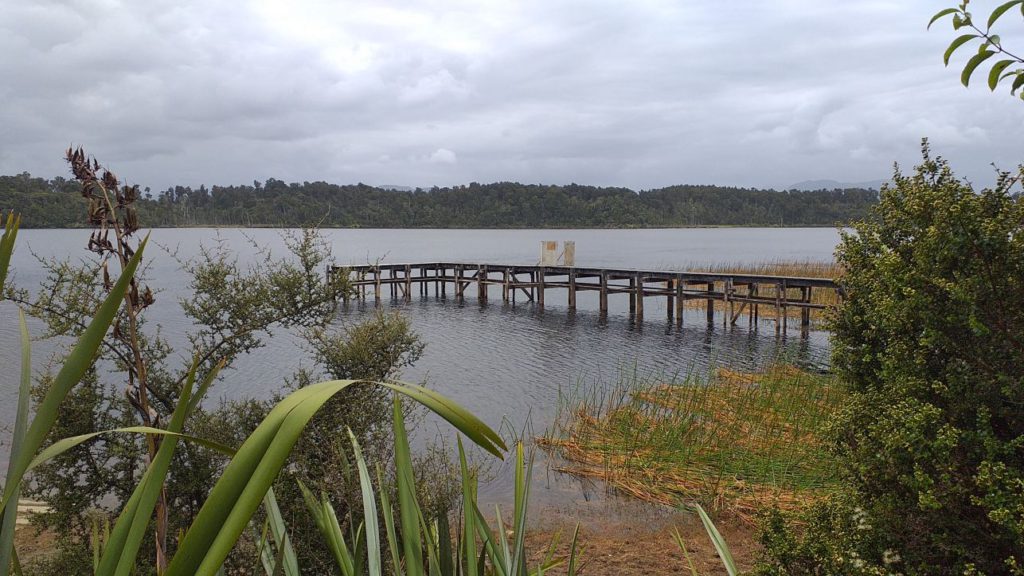
From the 1860s, paddle steamers had been used on the lake to transport goods and people between Ross and Hokitika, prior to the opening of the railway. It is still possible to kayak 9km through forest and swampland, from the lake to Hokitika. There are gorgeous walking and cycling trails wrapped around the lake, while another great stroll can be enjoyed in the nearby Mananui Bush. The 30 minute stroll leads your through remnant coastal forest before serving up one of the finest beach views of the Southern Alps’ highest peaks.
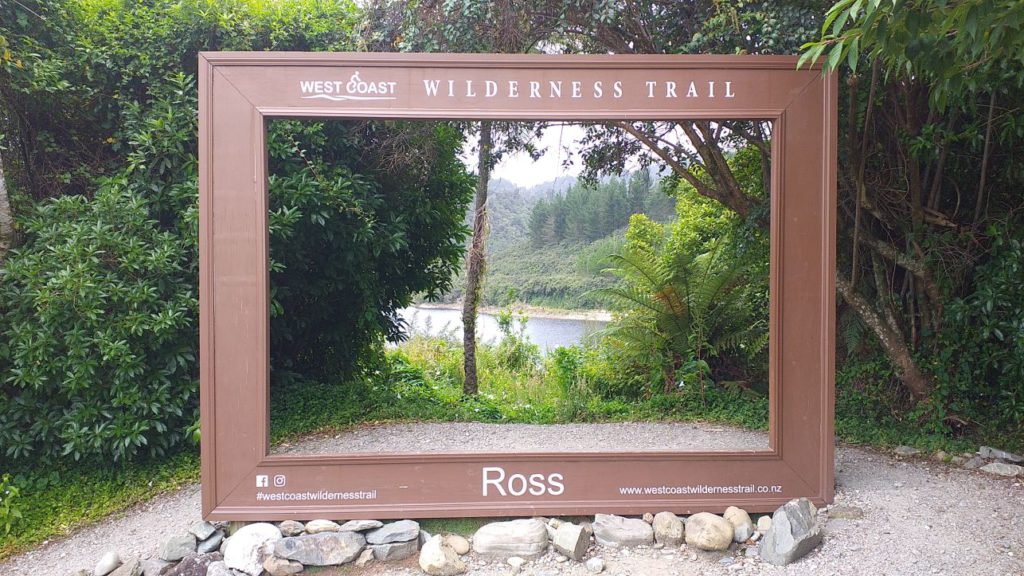

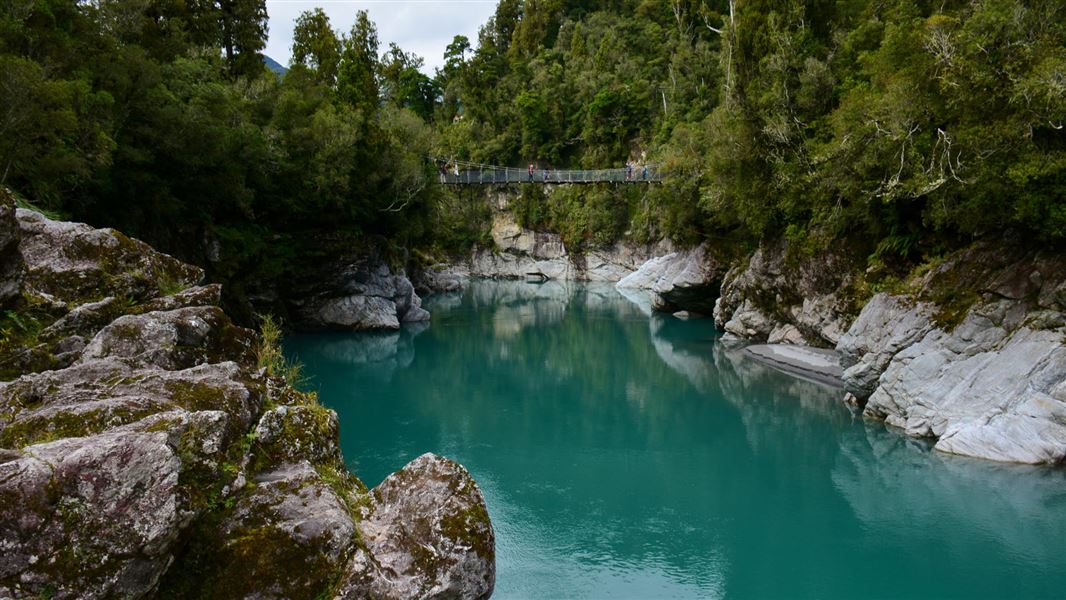
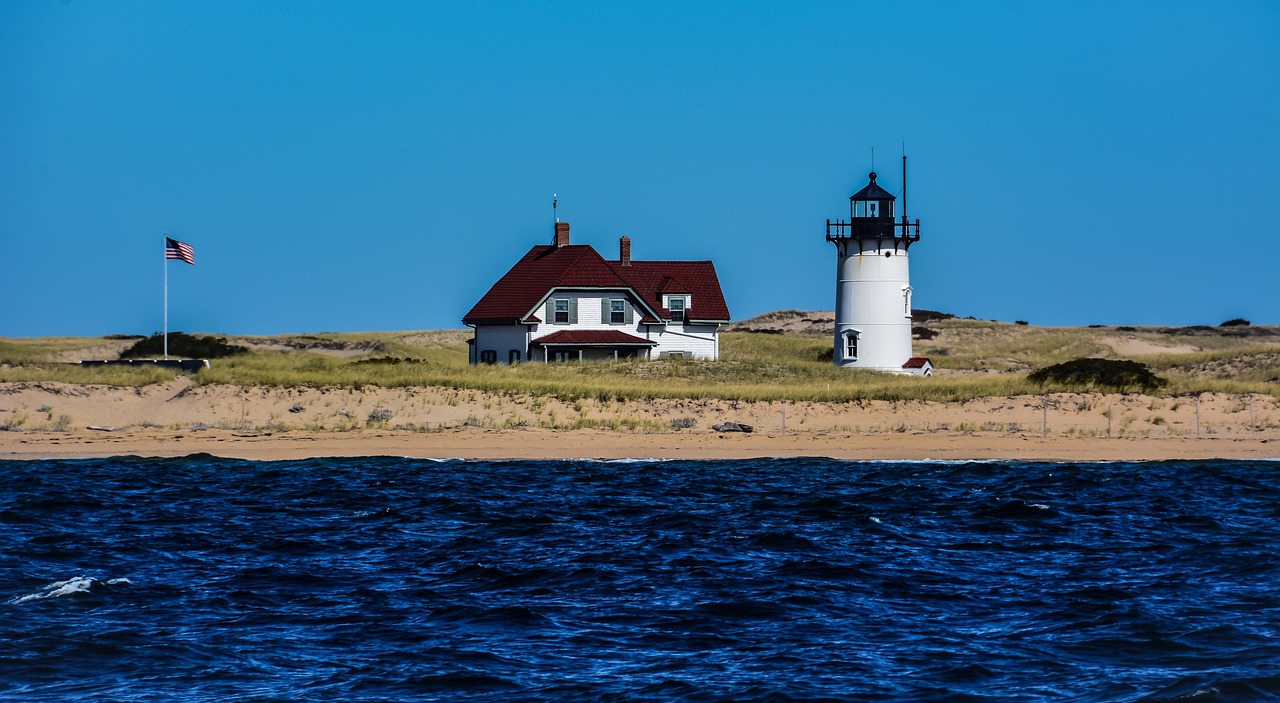
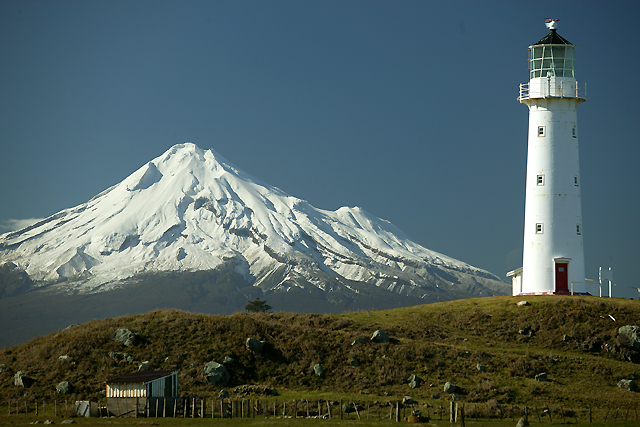

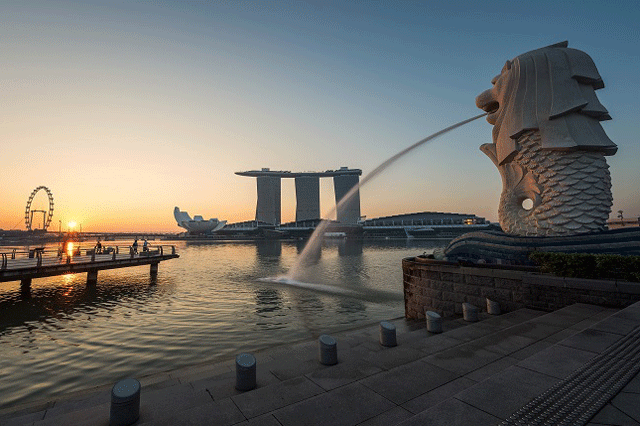

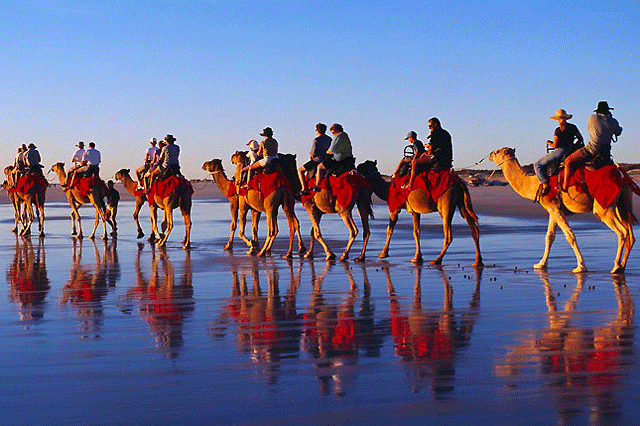
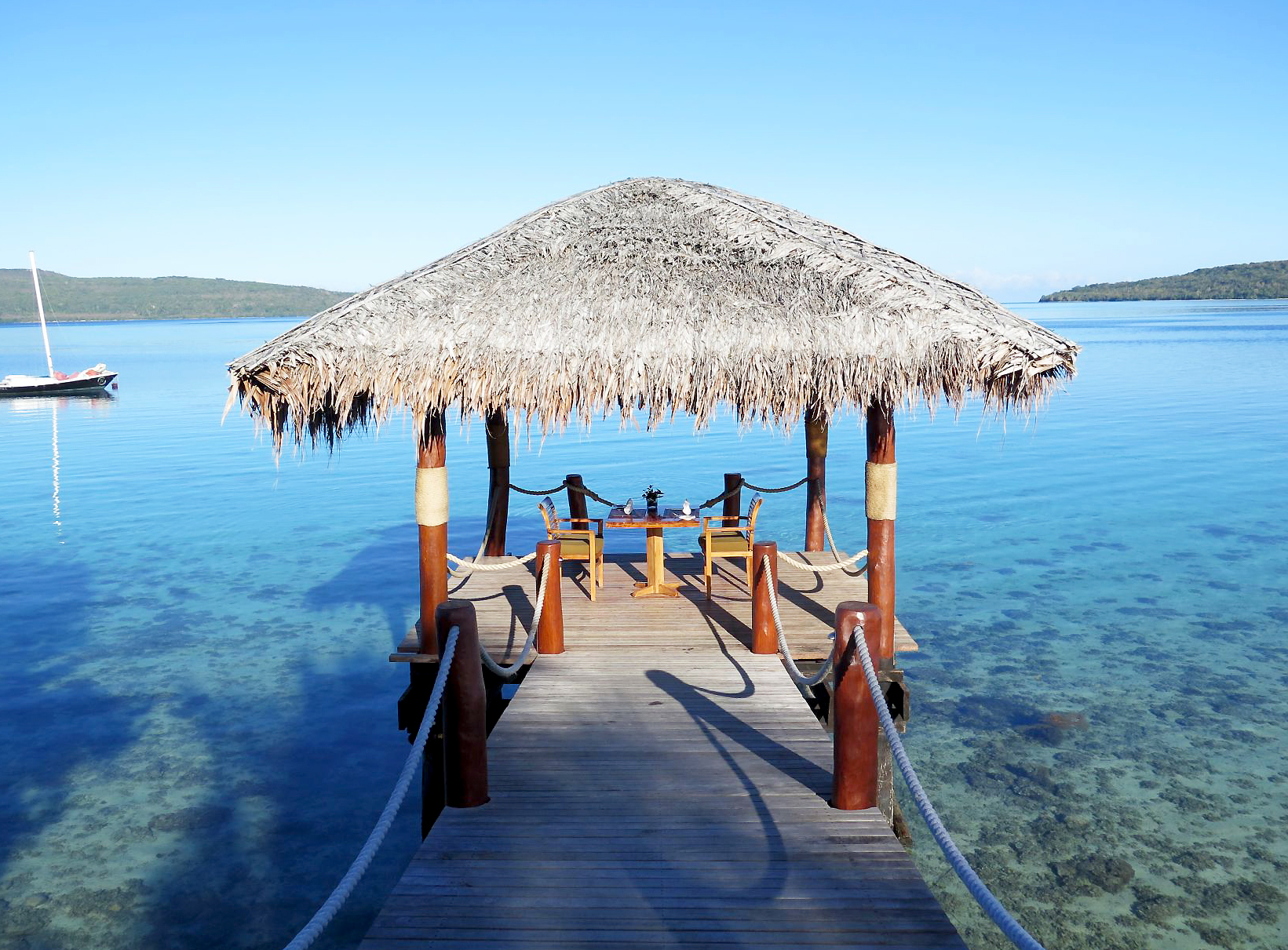




Recent Comments